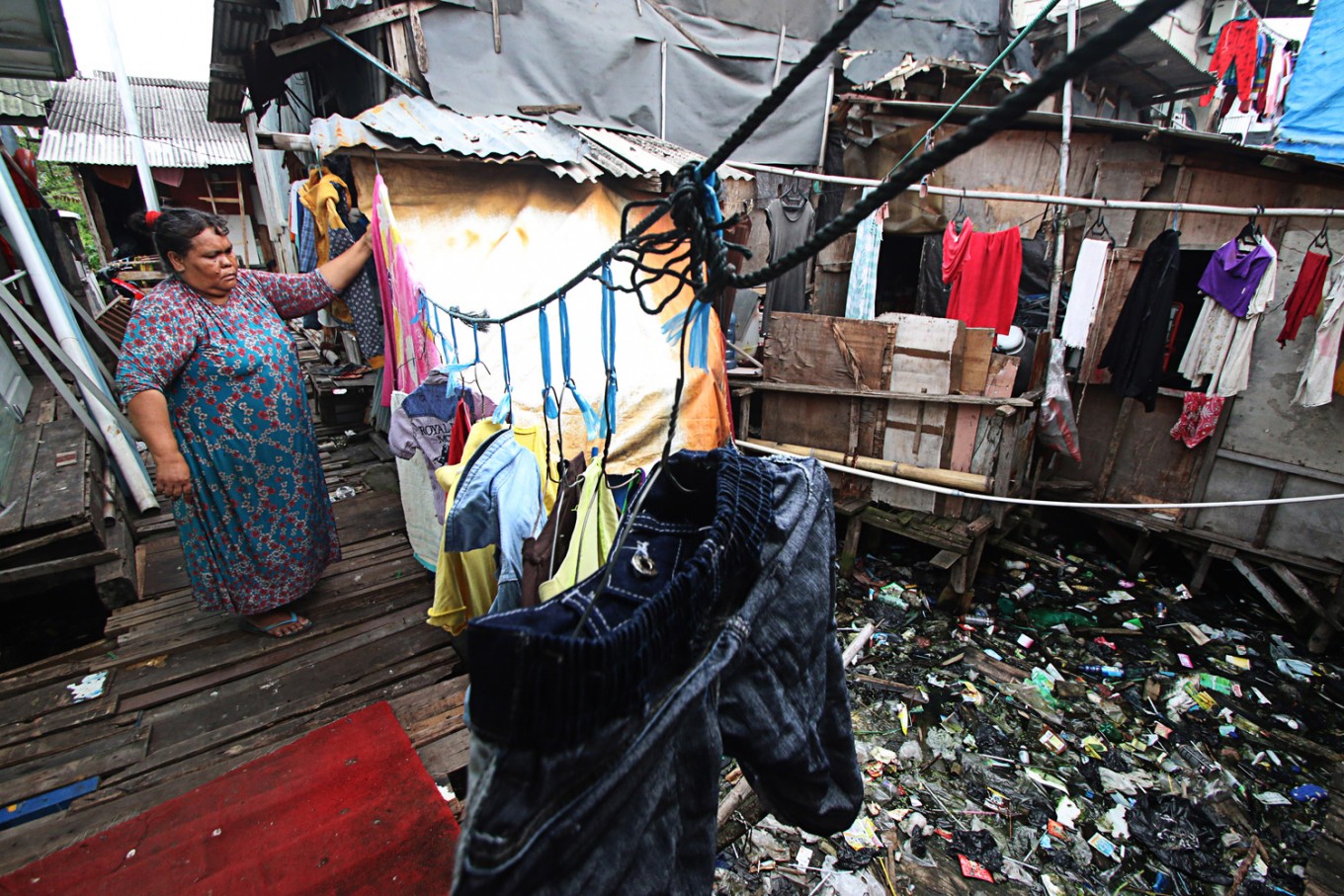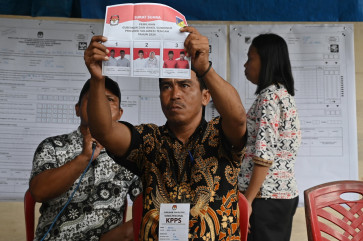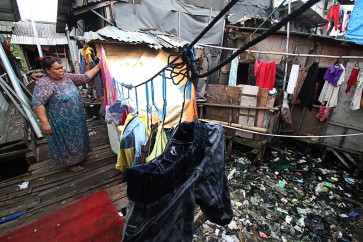Popular Reads
Top Results
Can't find what you're looking for?
View all search resultsPopular Reads
Top Results
Can't find what you're looking for?
View all search resultsInsight: Harnessing technology for inclusive growth
New technologies also have the potential to disrupt markets and change the jobs landscape.
Change text size
Gift Premium Articles
to Anyone
O
ne of the best stories in our lifetime is the success of humanity in tackling extreme poverty. In the last two and a half decades, the number of people living on less than US$1.90 a day has been halved to less than 800 million.
Progress has been particularly rapid in this part of the world. In 1990, more than 60 percent of people in East Asia and the Pacific were in extreme poverty. Now, that number has been brought down to 3.5 percent. In Indonesia, gross domestic product (GDP) per capita has increased significantly, and 10 million people have exited poverty in the last decade alone.
And yet challenges remain. The pace at which we are cutting poverty in this country is slowing, while inequality is on the rise. Some of those who have risen above the poverty line remain vulnerable, and could drop back down. We are not alone in facing these challenges: The World Bank predicts that 4 percent of the global population will still be stuck in absolute poverty in 2030.
To overcome this and set a course for increased prosperity for all, we need to spur global growth, create more quality jobs and drive innovations that can boost productivity. We also need to improve governance, reduce corruption and improve social welfare. Our success on all these fronts will depend in large part on how we respond to and take advantage of rapid technological changes.
Technology has the proven potential to support and accelerate development. It has already created opportunities for governments and citizens across Asia and beyond. Today, individuals can transfer money instantly via their mobile phones; manufacturers can 3D-print complex components at a fraction of their previous cost; and medicines can be delivered by drone to health clinics in remote areas.
These are just some of the benefits that technology brings to developing countries and marginalized communities. But new technologies also have the potential to disrupt markets and change the jobs landscape.
For example, some studies suggest that up to a third of work activities may be under threat of automation. This is of relevance to Indonesia and our fellow Southeast Asian nations, where lowcost manufacturing has been an engine for growth and economic empowerment of women.


















